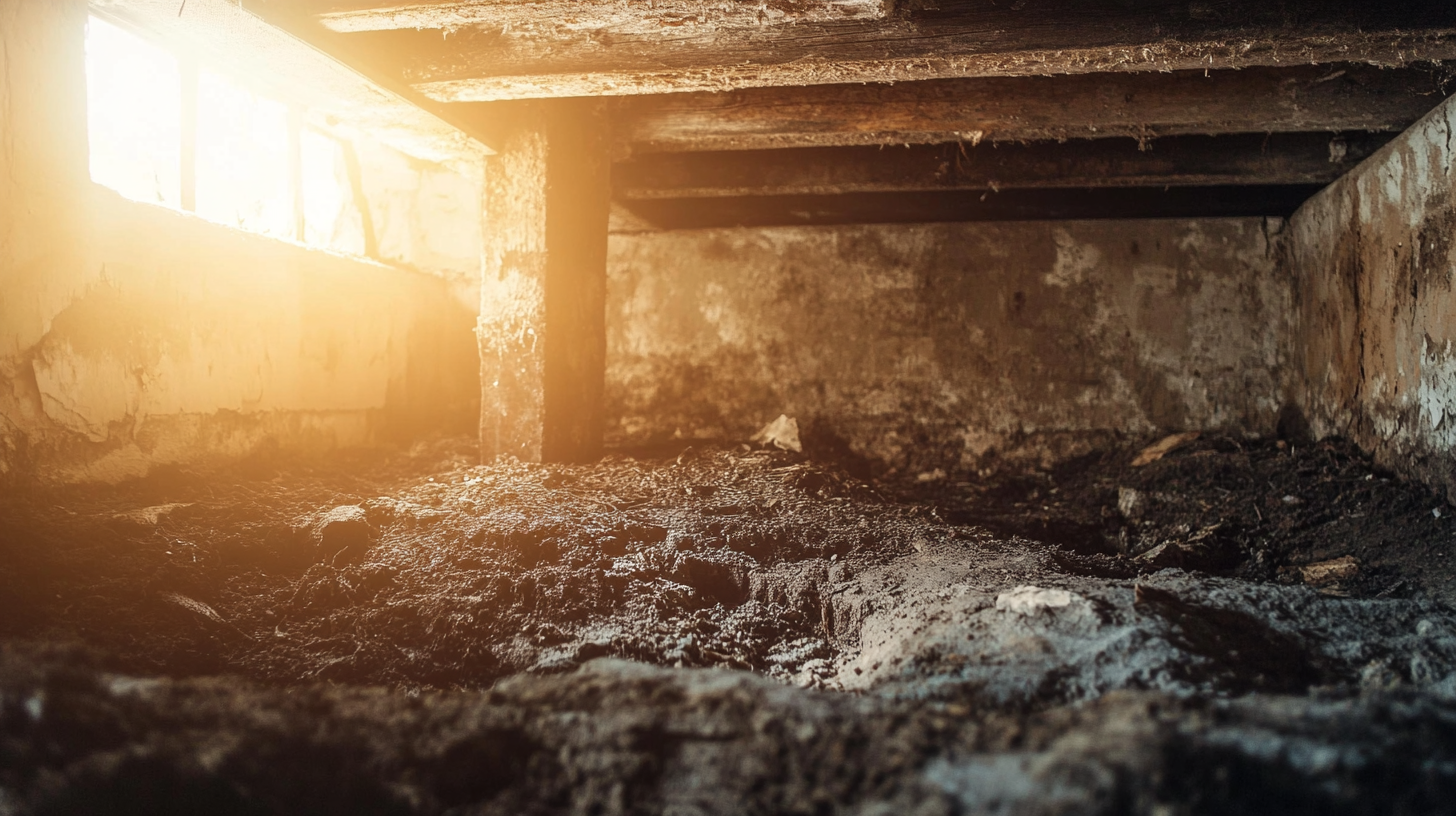Now IS THe Time To...

Crawl Space Services In Knoxville, TN
Stetson Howard: 865-432-6743
CRAWL SPACE ENCAPSULATION, REPAIR, WATERPROOFING & MOLD REMOVAL
No-Obligation, Free Inspections
No-Obligation Free Estimates
We Warranty All of Our Work
100% Satisfaction Guaranteed
A dry basement is the foundation of a healthy, comfortable home, and DIY basement waterproofing can be a practical and cost-effective way to achieve this goal. Whether you're looking to prevent moisture intrusion, avoid potential mold growth, or simply create a more functional living space, this guide is your key to success. In this blog, we'll explore the essential steps, tips, and techniques to help you transform your basement into a dry, secure, and welcoming part of your home, all with your own two hands.
Step-by-Step Guide: How to DIY Waterproof Your Basement
Waterproofing your basement through a DIY approach is not just achievable; it's also a rewarding project that can save you money and protect your home. To get started, the first step is identifying any existing water issues and addressing them. This might include repairing cracks, sealing gaps, or improving your home's drainage systems. Next, consider applying a waterproofing sealant or membrane to your basement walls and floors to create a barrier against moisture. This protective layer can effectively prevent water from entering your basement, ensuring a dry and comfortable living space. By following a well-planned step-by-step approach, you can transform your basement into an area that's resistant to water intrusion and ready for various uses, whether it's a family room, home office, or storage space.
Common Basement Water Problems and DIY Solutions
Common basement water problems, like leaks, seepage, and dampness, can be frustrating and potentially damaging to your home. However, many of these issues can be effectively addressed through DIY solutions. One common problem is wall cracks, which can allow water to seep into your basement. DIY solutions include using hydraulic cement or epoxy injections to seal these cracks, preventing further water intrusion. Additionally, poor grading or inadequate downspouts can lead to water pooling near your foundation. By regrading the soil around your home and extending downspouts away from the foundation, you can divert rainwater and keep it from seeping into your basement. These DIY measures can help you maintain a dry and functional basement, providing peace of mind and protecting your property from water-related damage.
Maintaining a Dry Home: The Importance of Basement Waterproofing
Maintaining a dry home is essential for both your comfort and the longevity of your property. Basement waterproofing plays a critical role in achieving this goal, as it serves as the first line of defense against moisture intrusion. A dry basement not only creates a more pleasant and usable living space but also prevents issues like mold growth, wood rot, and foundation damage, all of which can be costly to repair. By recognizing the importance of basement waterproofing and taking proactive steps to address water-related issues, you can ensure that your home remains dry, safe, and structurally sound for years to come.
FAQs
Recent Blog Posts
Crawl Space News







